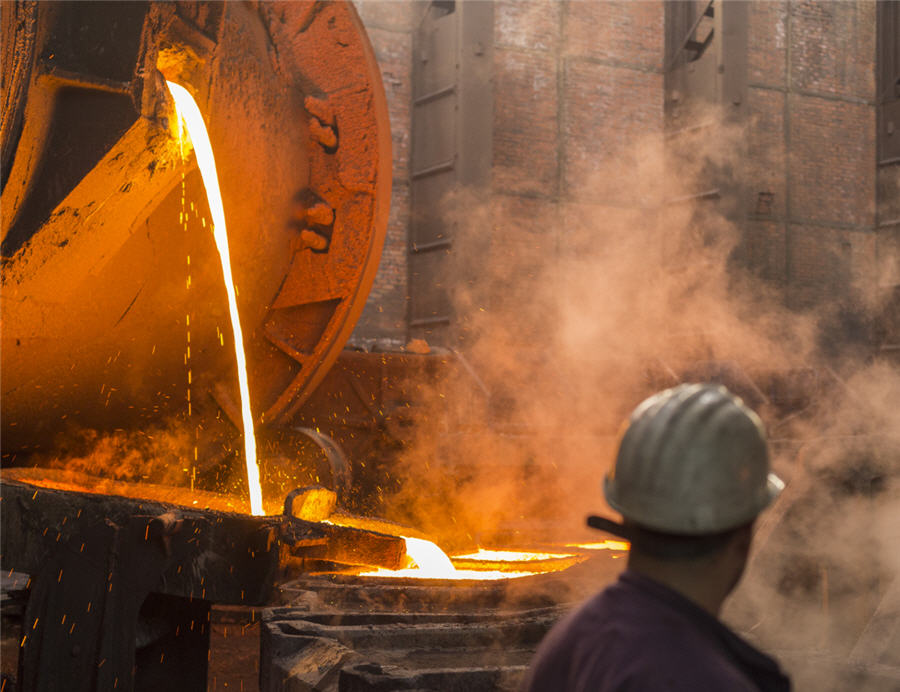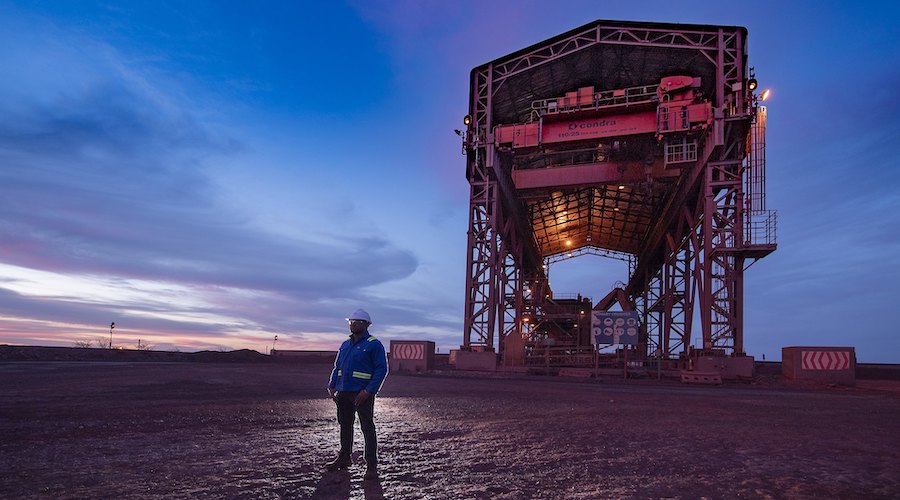Azerbaijan has spent much of the past half-year thumbing its nose at the United States and European Union over Western criticism of Baku’s authoritarian political practices. But it appears the West has at least one weapon in its arsenal capable of getting Azerbaijani leaders’ attention.
That tool is money. Or more specifically, the ability to hinder Azerbaijani officials from moving around the world and spending it.
Rights advocates in Baku and elsewhere say it is no surprise an Azerbaijani court released a prominent opposition figure, Gubad Ibadoglu, from jail shortly after a report started circulating on April 22 that the US Congress was moving to impose sanctions against top Azerbaijani officials. A few days later, the European Parliament too called for sanctions to be imposed against Azerbaijani officials.
“They [authorities] are even afraid of the first letter of the word ‘sanctions.’ No matter how loud they challenge the West,” lawyer and politician Samed Rahimli wrote on X. “Azerbaijani authorities showed today that they are afraid of sanctions.”
On April 28, US Secretary of State Antony Blinken had a phone discussion with Azerbaijani President Ilham Aliyev, aiming to put bilateral relations on a better footing. Blinken, according to a State Department statement, acknowledged recent progress in the Armenia-Azerbaijani peace process and reiterated Washington’s desire to “cooperate on mutual energy, climate, and connectivity goals.” He welcomed Ibadolgu’s release from jail while calling for his “expeditious” release. The statement concluded by noting Blinken “again urged Azerbaijan to adhere to its international human rights obligations and commitments and release those unjustly detained in Azerbaijan.”
The Baku court decision did not exonerate Ibadoglu, an economist who is a vocal opponent of Aliyev’s administration. Though out of jail, he will remain under house arrest as his case proceeds. Ibadoglu chairs Democracy and Prosperity Party and was a visiting professor at the London School of Economics at the time of his arrest in July 2023. Ibadoglu is accused of taking part in a scheme to profit from circulating “counterfeit money or securities by an organized group.” He denies the charge and says his case is politically motivated.
The Turan News Agency’s Washington correspondent, Alex Raufoglu, broke the news about brewing US sanctions against up to 40 political, law enforcement and military officials who “play active roles in violating the rule of law and human rights in the country.” Reportedly some of President Aliyev’s top lieutenants are on the list of those to be sanctioned, including the head of presidential administration, Samir Nuriyev, the chief of the State Security Service, Ali Nagiyev, and the commander of Special Forces, Hikmet Mirzayev. Dina Titus, a Nevada Democrat, is the primary sponsor of the sanctions bill in the House of Representatives.
According to the Turan report, the bill is a response to Azerbaijan’s recent crackdown on independent journalists and civil society activists amid a deterioration of relations with the United States. Since last fall, nearly 20 journalists and opposition activists have been arrested, many of them on smuggling charges. As with Ibadoglu’s case, the journalists and activists in custody insist the cases against them are bogus.
At a news conference during an official visit to Berlin, President Aliyev contended that all the cases against government critics conform with established laws.
“Any country must defend its laws,” Aliyev said. “If a media representative who received illegal funding from abroad was investigated, it does not mean that our media is not free. Everyone should act within the law. We, like any other country, must protect our media space from external negative influence.”
The US sanctions bill reportedly also cites Azerbaijan’s allegedly harsh treatment of Armenian prisoners, captured during the last phase of the Nagorno-Karabakh conflict. “This calls into serious question the Azerbaijani government's commitment to human rights and its ability to negotiate a just and lasting peace [with Armenia],” the Turan report quotes the bill as stating.
Given that Republicans control the US House, the timetable for the Democrat-sponsored sanctions bill to come up for a vote is uncertain. European Parliament efforts to implement sanctions against Azerbaijan are far less advanced.
Also uncertain is whether Azerbaijan will take additional steps to tamp down the possibility of sanctions. The initial indications are not encouraging that Azerbaijan will change its ways. On April 29, the day after the Blinken-Aliyev phone discussion, law enforcement authorities in Baku detained a prominent activist, Anar Mammadli, who chairs the Election Monitoring and Democracy Studies Center, according to an opposition media report. Government critics are calling on Washington and Brussels to keep applying pressure. “There are still political prisoners in the prison. They need to be freed. There should be no compromise,” writer and blogger Samed Shikhi wrote on X.
By Eurasianet.org



